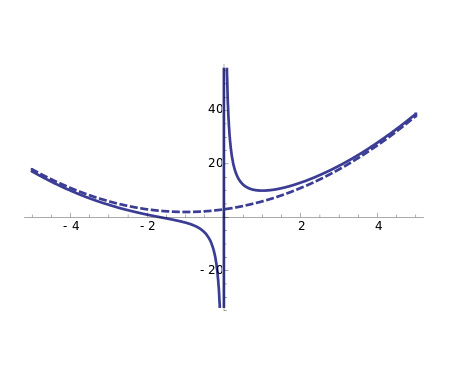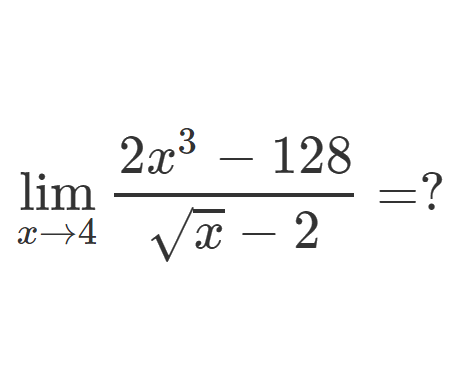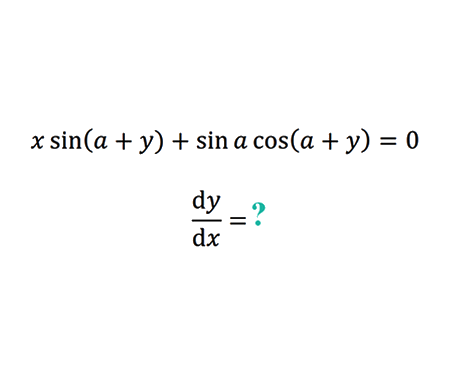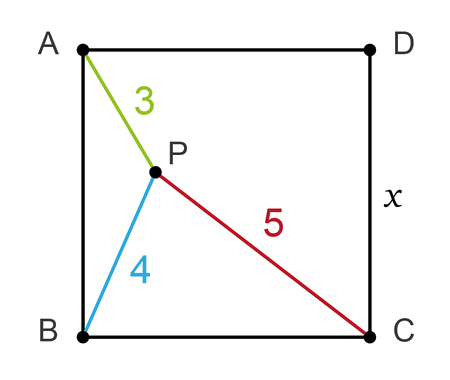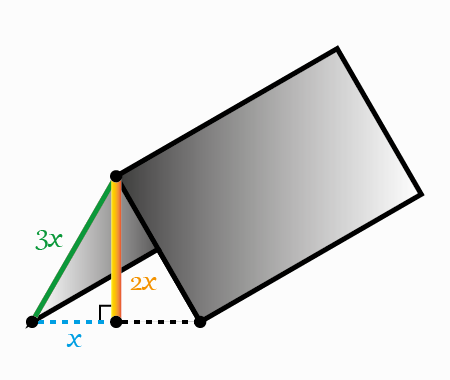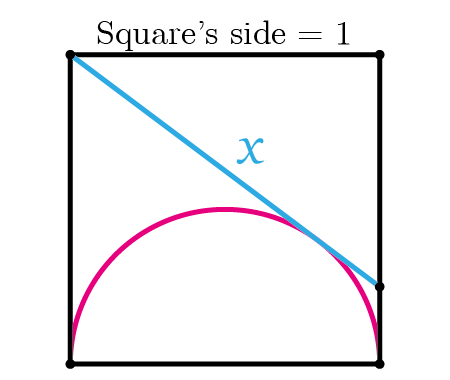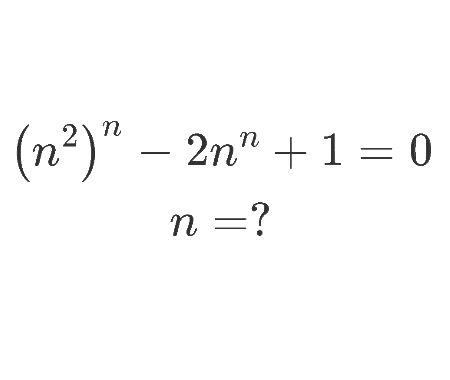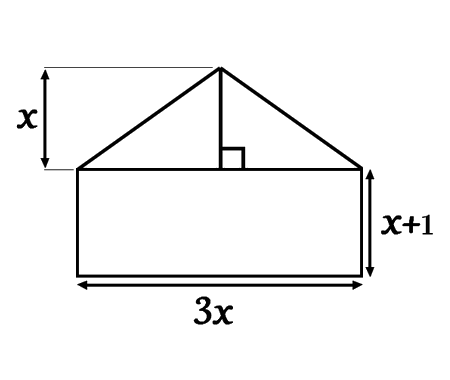Proof of Thales' Theorem
Home -> Solved problems -> Proof of Thales’ Theorem

Solution
This proof of Thales’ Theorem shows how drawing a line parallel to one side of a triangle creates proportional sides, demonstrating a fundamental result in geometry. Follow the steps and illustrations below to grasp why the theorem holds true.
Let a triangle ABC , and two points D and E, D on the line (AB) and E on the line (AC), so that the line (DE) is parallel to the line (BC) (as shown in the illustration below):



Finally, don’t forget to explore more solved exercises to discover similar tricks and their logical explanations.
Home -> Solved problems -> Proof of Thales’ Theorem
Every problem you tackle makes you smarter.
↓ Scroll down for more maths problems↓
Find the equation of the curve formed by a cable suspended between two points at the same height
Prove that the function \(f(x)=\frac{x^{3}+2 x^{2}+3 x+4}{x}
\) has a curvilinear asymptote \(y=x^{2}+2 x+3\)
Why does the number \(98\) disappear when writing the decimal expansion of \(\frac{1}{9801}\) ?
if we draw an infinite number of circles packed in a square using the method shown below, will the sum of circles areas approach the square's area?
Is it possible to solve for \(x\) so that \(ln(x)\), \(ln(2x)\), and \(ln(3x)\) form a right triangle?














